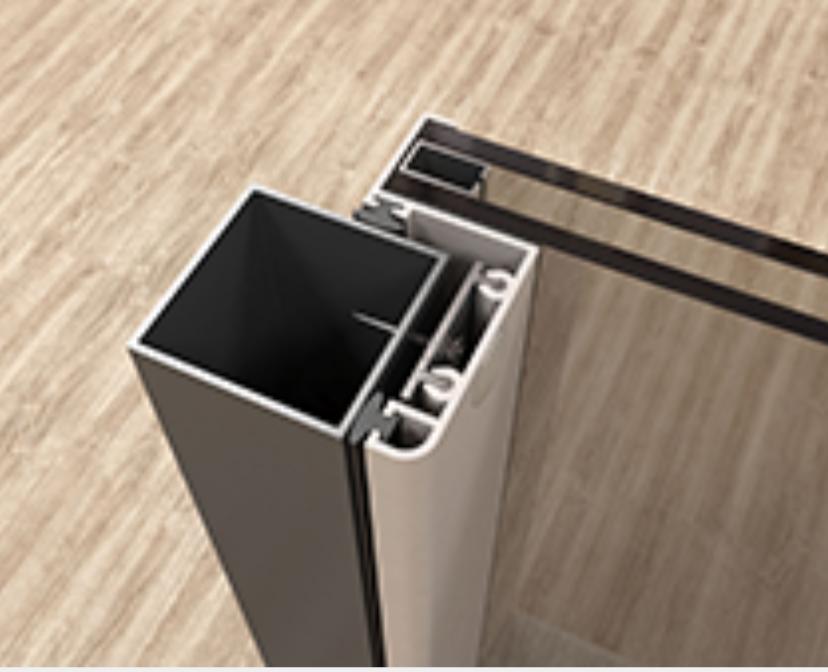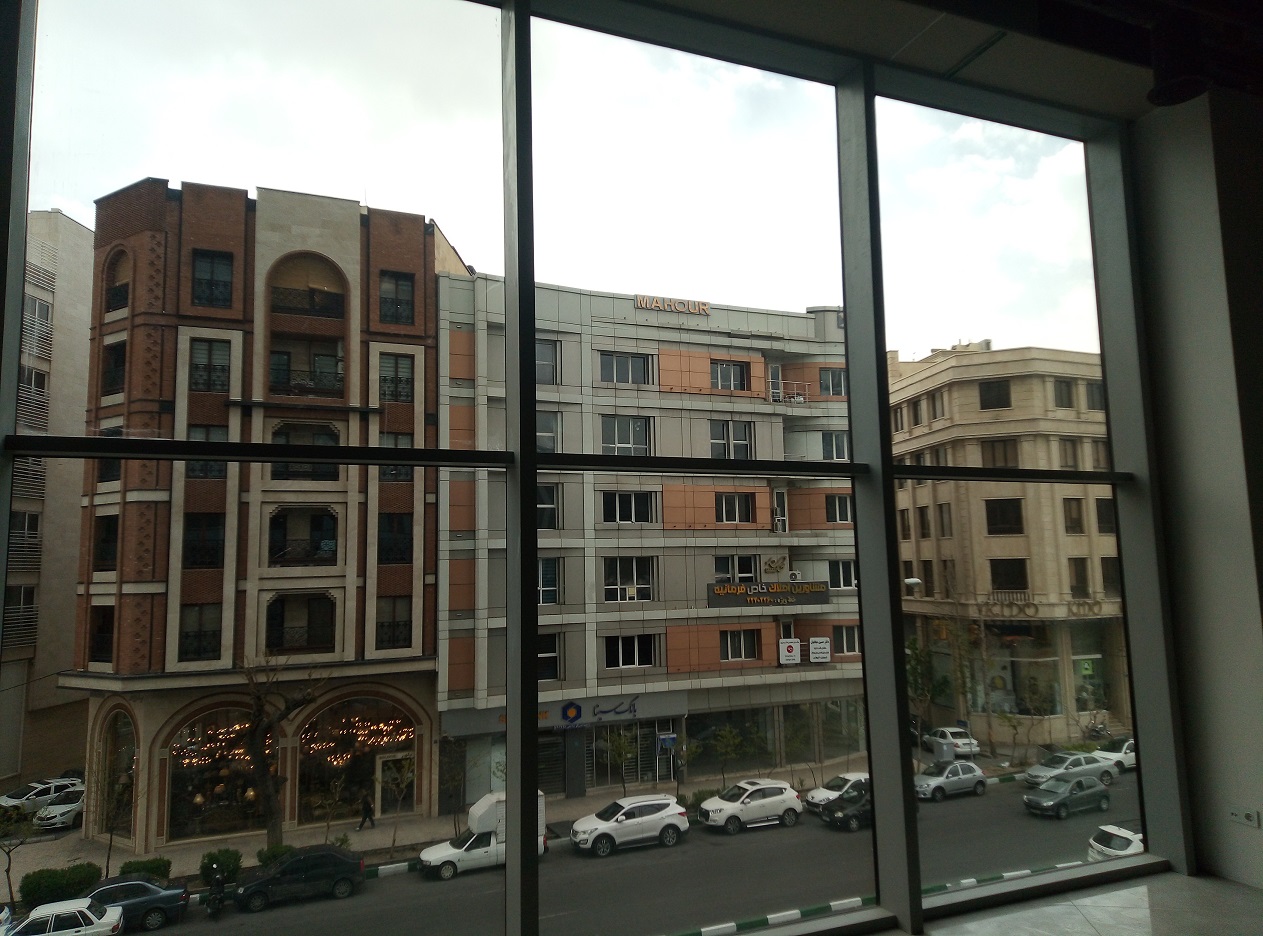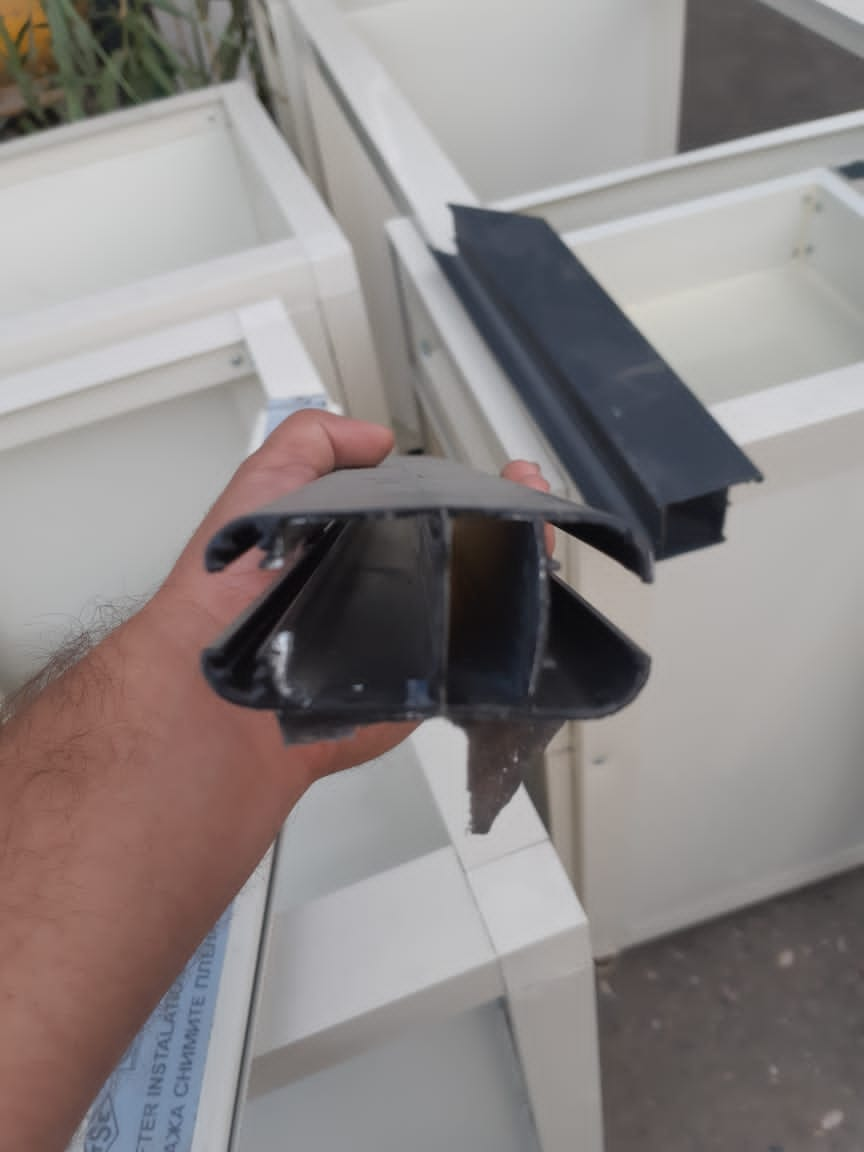Everything about Thermal break windows
Thermal break windows are windows that are designed with a thermal barrier,
or break between the interior and exterior parts of the window frame.
And what’s the use of this thermal barrier in between? It actually helps to reduce the transfer of heat and cold through the frame thus it improves the energy efficiency of the window and enhancines thermal insulation.
actually, The process of achieving thermal break in a window is typically by inserting a non-conductive material,
such as polyurethane or polyamide, between the inner and outer parts of the frame.
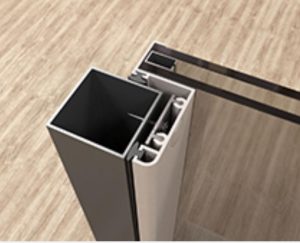
Some of the benefits of thermal break windows are:
1. Energy Efficiency:
Thermal break windows help to reduce heat loss during the winter and heat gain during the summer. By improving thermal insulation, they can contribute to lower heating and cooling costs and enhance overall energy efficiency in a building.
2. Enhanced Comfort:
With better insulation properties, thermal break windows help to maintain a more stable and comfortable indoor temperature. They reduce drafts and cold spots near windows, creating a more pleasant living or working environment.
3. Condensation Control:
Thermal break windows can help minimize condensation on the interior surfaces of the window, as the thermal barrier helps to prevent the transfer of cold from the outside to the inside. This can reduce the potential for moisture-related issues, such as mold growth and damage to window treatments or surrounding areas.
4. Sound Insulation:
The additional layer provided by the thermal break can also contribute to improved sound insulation. It helps to reduce the transmission of external noise, creating a quieter indoor environment.
5. Durability:
The use of non-conductive materials in the thermal break helps to protect the window frame from temperature-related expansion and contraction. This can enhance the durability and lifespan of the window.
People commonly use Thermal break windows in energy-efficient buildings,
green construction projects, and in regions with extreme climates.
They are available in various styles, such as casement, sliding, tilt-and-turn, and fixed windows,
and you can also customize them to meet specific design and performance requirements.
It’s worth mentioning that the effectiveness of thermal break windows also depends on other factors, such as the quality of the glazing (glass) used and proper installation techniques. Therefore, it’s important to consider these factors when choosing and installing thermal break windows for optimal performance.
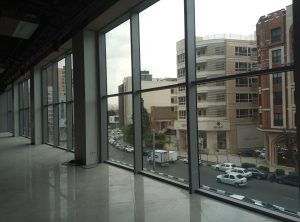
There are also some additional benefits of using thermal break windows:
1.Types of Thermal Breaks: There are two main types of thermal breaks used in window frames:
a. Polyurethane Thermal Break:
In this type, we pure a polyurethane material into a pocket or channel between the inner and outer aluminum sections of the window frame. Once cured, the polyurethane forms a rigid and insulating barrier.
b. Polyamide Thermal Break:
Polyamide strips or bars are inserted between the inner and outer aluminum sections of the frame. And also polyamide is a non-metallic, low-conductive material that acts as a thermal insulator. The strips are typically reinforced with fiberglass for added strength.
2. Improved Energy Efficiency:
The thermal break in windows significantly reduces the transfer of heat or cold through the frame, improving the overall energy efficiency of the window. By minimizing thermal conduction, thermal break windows help to keep the indoor temperature more stable, reducing the reliance on heating and cooling systems and lowering energy consumption.
3. U-Value and R-Value:
The U-value and R-value are measurements used to assess the energy efficiency of windows. The U-value measures the rate of heat transfer through a window, with lower values indicating better insulation. The R-value is the reciprocal of the U-value and represents the resistance to heat flow. Thermal break windows typically have lower U-values and higher R-values, indicating their superior insulation properties compared to non-thermal break windows.
4. Building Codes and Standards:
Many countries have building codes and energy efficiency standards that require specific U-values or thermal performance ratings for windows. Thermal break windows often meet or exceed these requirements, allowing buildings to comply with energy codes and regulations.
5. Frame Materials:
Thermal break technology is commonly used with aluminum window frames. Aluminum is a popular choice due to its strength, durability, and design flexibility. The thermal break enhances the overall performance of aluminum windows by reducing heat transfer, making them more energy-efficient.
6. Condensation Reduction:
Thermal break windows help reduce the occurrence of condensation on the interior surface of the window. The thermal barrier minimizes the temperature difference between the inside and outside surfaces of the frame, reducing the possibility of condensation forming.

And the minor advantages could be mentioned:
1. Materials Used for Thermal Breaks:
While polyurethane and polyamide are commonly used materials for thermal breaks,
other materials can also be employed depending on the specific requirements.
These may include materials like fiberglass, foam, or composite materials. The choice of material depends on factors such as thermal performance, structural integrity, cost, and manufacturing capabilities.
2. Multiple Chambers:
Some thermal break windows feature multiple chambers within the window frame. These chambers are created by the thermal break, enhancing the insulating properties of the window. The chambers help to further reduce heat transfer by creating additional barriers and air pockets that act as insulation.
3. Energy Savings:
The improved thermal insulation provided by thermal break windows can lead to significant energy savings. By reducing heat loss in the winter and heat gain in the summer, these windows can decrease the load on heating and cooling systems, resulting in lower energy bills and a reduced carbon footprint.
4. Environmental Benefits:
Thermal break windows can contribute to environmental sustainability. By reducing energy consumption, they help to conserve natural resources and decrease greenhouse gas emissions associated with heating and cooling. Additionally, the materials used in thermal breaks are often recyclable, further enhancing their eco-friendliness.
5. Glazing Options:
You can combine thermal break windows with various glazing options to enhance their performance.
Double or triple glazing, which involves multiple layers of glass with insulating air or gas-filled spaces in between, further improves the energy efficiency and sound insulation of the windows.
Low-emissivity (Low-E) coatings can also be applied to the glass to minimize heat transfer and enhance thermal performance.
6. Maintenance and Longevity:
Thermal break windows generally require minimal maintenance. The materials used in the thermal break and window frame are durable and resistant to weathering, corrosion, and warping. Regular cleaning and inspection are typically sufficient to keep the windows in good condition. Thermal break windows have become increasingly popular because of their important benefits and the points they have such as their energy-saving benefits enhanced comfort, and sustainable features.

our offers
Types and examples of curtain wall construction and execution Building Facade|facade engineering|facade materials Ceramics Facades|Handrails|Terracotta Facade|Thermowood WPC Wood Plastic|facades glass|dryfacade (Aluminum Louvers)
Detailed technical and executive information for those interested Also, Here are some of the capabilities of this company:
aluminum company producer factory in Manufacture aluminum
such as profile windows & door aluminum
Details of the Valid Aluminium Company of factory products
Curtain Walls|Frameless glass facade|Aluminum louver
Skylight glass|Dry ceramic|Dry stone|aluminum profile

